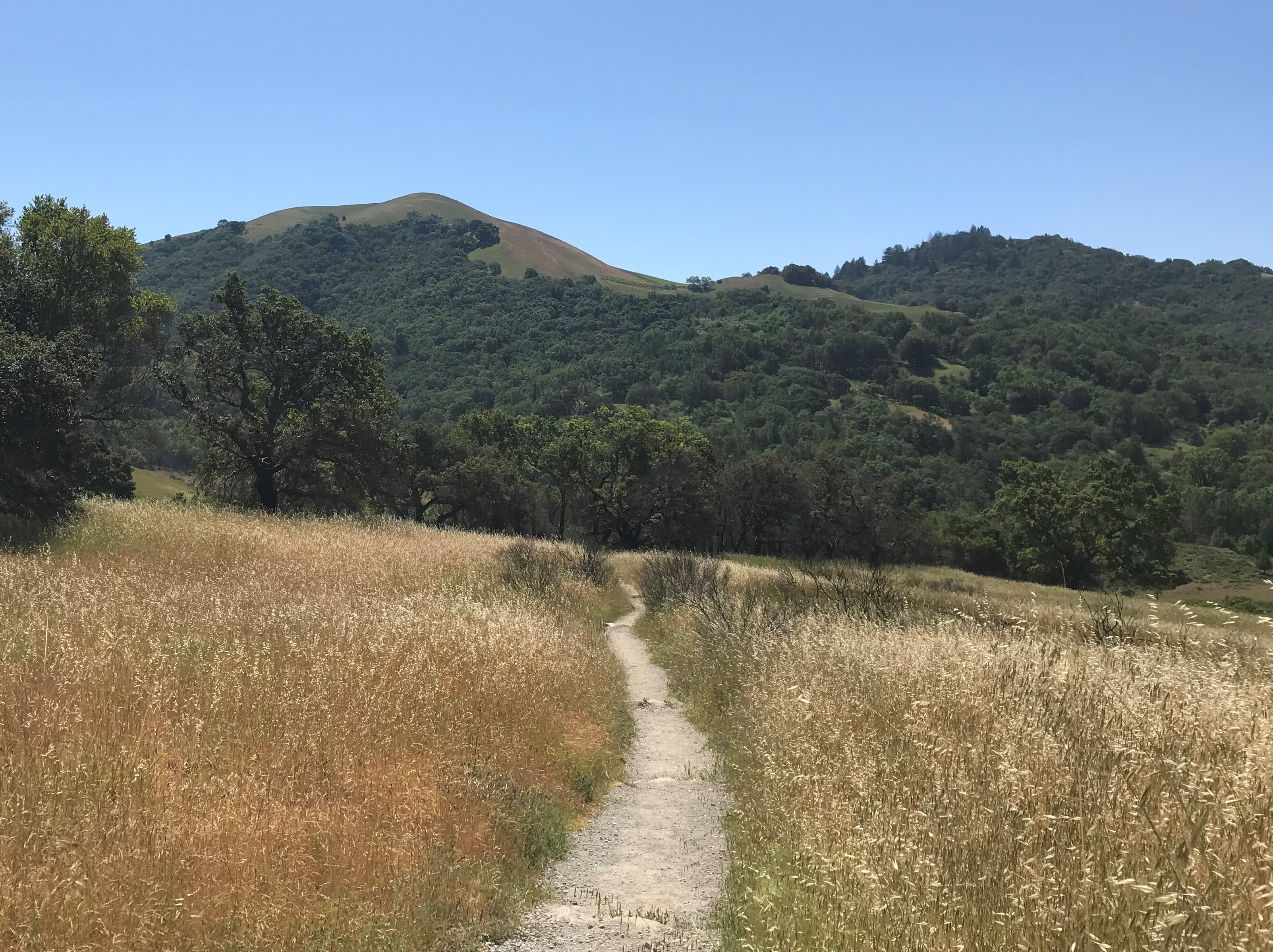Most people think mustard when they think of Dijon. Indeed, Dijon mustard was the center of mustard production in the middle ages. However, we discovered that in addition to the mustard, there’s some great history in Dijon.
Morbid things fascinate almost everyone. Crypts are one of those things. We can be creeped out by something and still be drawn to it.
We decided to visit the Cathédrale Saint-Bénigne de Dijon as part of our journey in France. When we arrived around 1:50pm, we quickly discovered that it was not open, but would be at 2:00pm. So we waited with a handful of other folks and took pictures of the outside to pass the time. Surrounding the church are a lot of other historical buildings, most of the buildings were not open to the public.
The Church
At 2:10 in the afternoon, the nun led a small group of us through the side door of the church. Turns out, she couldn’t find the key to the front door. As soon as we passed over the threshold, it was like we stepped back hundreds of years. Between the artwork and the construction, it was as if we were in the 1300s when the church was restored.

Side entrance door on the right.
Visiting (touring) churches is often a quiet experience. Almost everywhere we been, most people are reverant and for the most part whisper. Even when we were in the crypt of The Cathedral Notre-Dame in Luxembourg, the tour guide spoke with a low voice.
Like most churches of this time period, there were no pews or chairs (they didn’t have chairs in churches until the Reformation). That meant there was no place to sit while attending a service. Today, there were wooden chairs for people to sit. If you look at the edge of the”aisle”, you can see the steel embedded in the floor indicating the limits of those standing.
The Detail
There was a lot of wood work. The entrance doors and trim, the pulpit, the pipe organ, and even a lectern, were all incredibly ornate. Made of solid wood, they were pieces of art, done in unbelievable detail. The wood carved lectern was more intricate than we’ve ever seen. But the figures and trim on top of the pipe organ made one wonder who was that good to be able to accomplish that level of detail?
Included in the detail, were statues and other art placed throughout the sanctuary.
There is also a set of circular stairs that lead up to the bell tower. The stairs were not open to the public when we were there.
The Crypte (Krypt/Crypt)
While touring the church, we saw the nun who let us in sitting at a table. She has some materials that offered more about the history of the church. We also saw that they had a crypt (a lot of churches this age do), it only cost 2 euros per person to enter. We paid and then went through the door and followed the signs.
After descending the stairs, it felt like we went even further back in time.
There was a lot of history to take in. It was stunning. The rotunda and basilica were built in 1001 and 1026 respectively. They exhibit the Gallo-Romanesque architecture, and are in amazing condition considering their age.
We wished we had a tour guide like we had in Luxembourg and at Sagrada La Familia to offer some of the more detailed explanations. For an underground crypt, the architecture was amazing. It was obvious that it was constructed in the 1300s, due to the number of columns and their proximity being close together. Even still, the architecture created an impressive view, especially with the rotunda.
In the center, there was a place where services are still held for a small group of people.
The Graves
In reading the pamplet provided, we were able to ascertain additional history.
Several people have been buried in the crypt. The remains of Saint-Bénigne were featured in the most honored location, highlighting the crypt and its original purpose. Saint-Bénigne was entombed in the sarcophagus as the first local martyr back in the 2nd century.
It does appear there are additional people still buried there, but we were not allowed access to that area.
Once again with minimal up front research we found a gem during our travels. Since we hadn’t planned on going to Dijon until a couple weeks prior to departure, this was quite a find.
